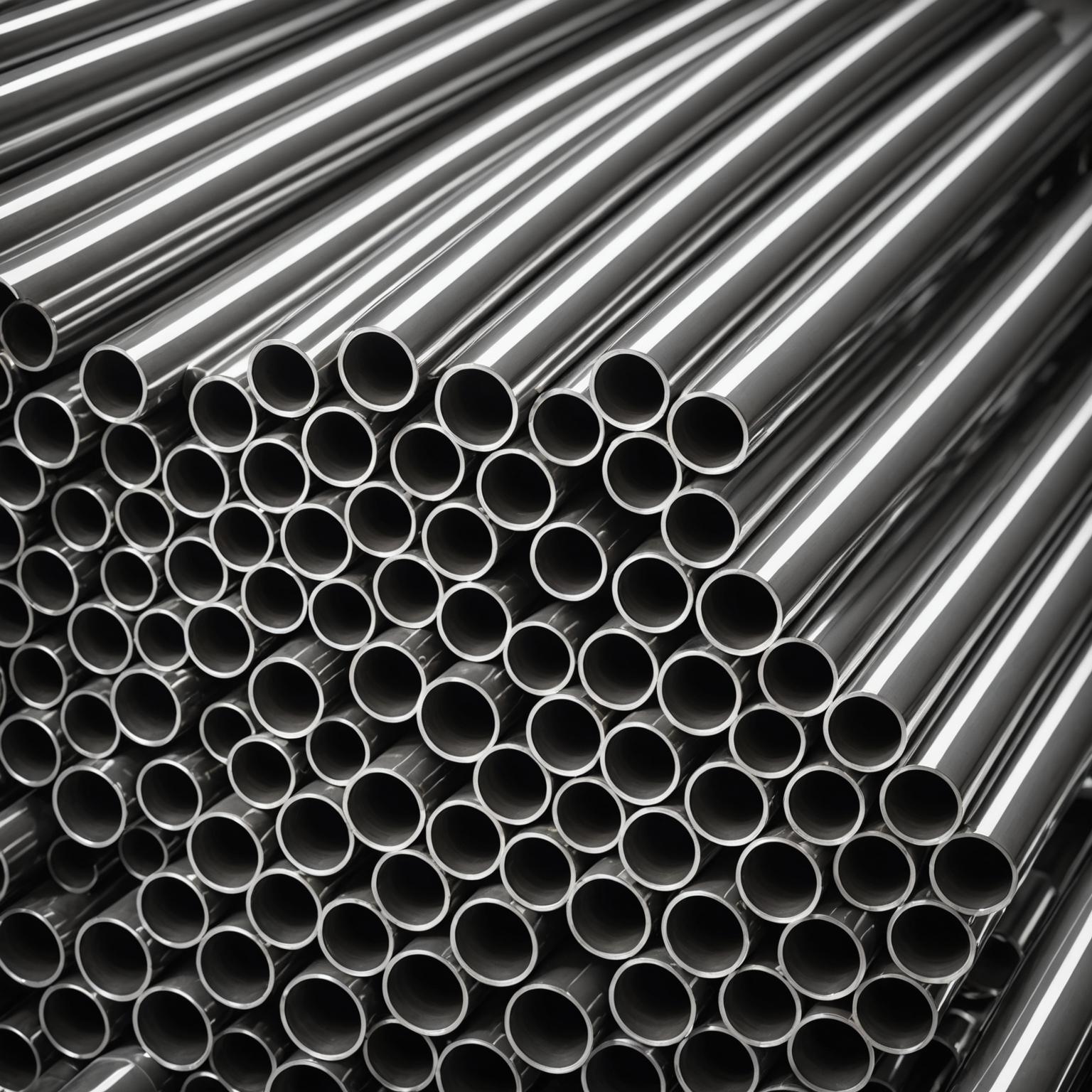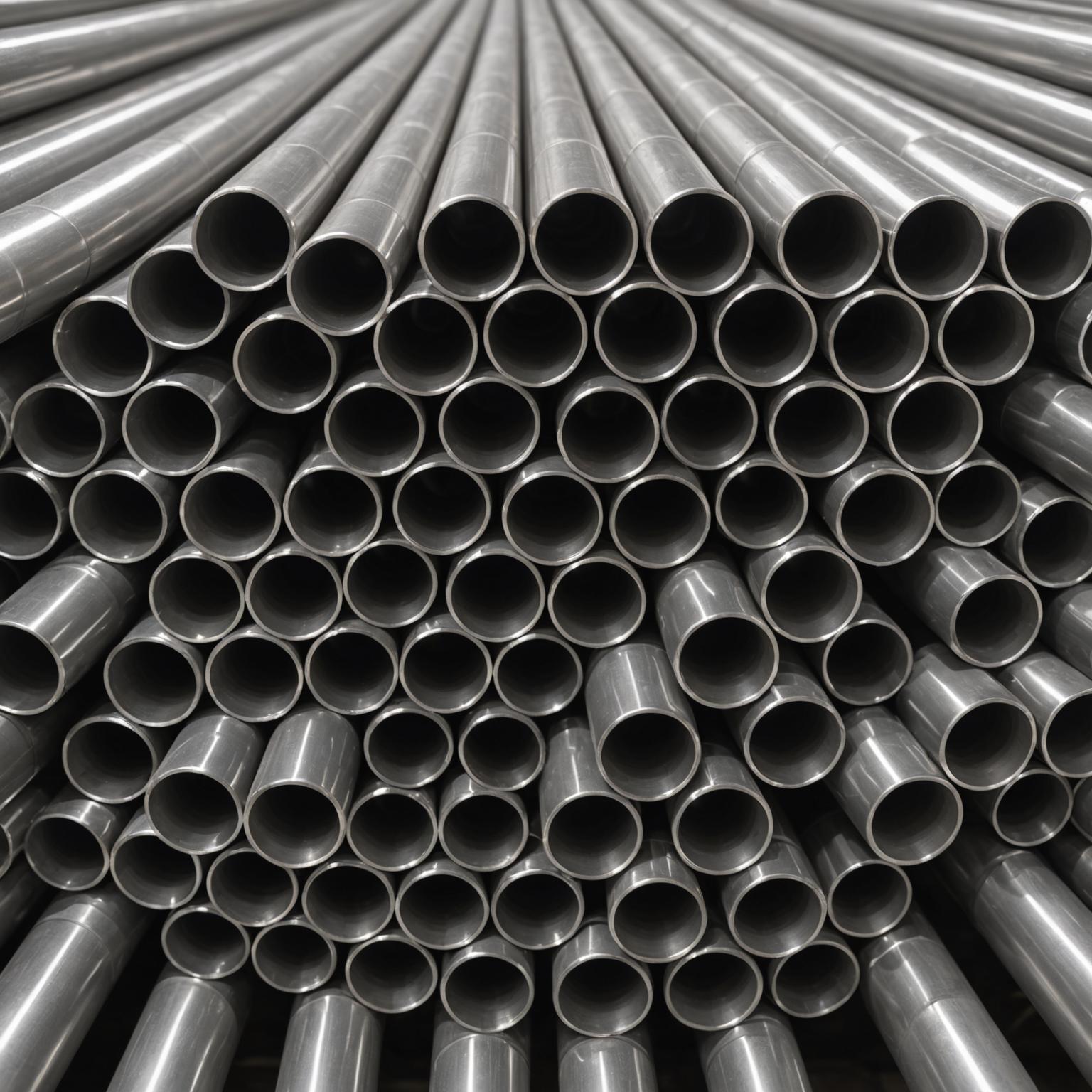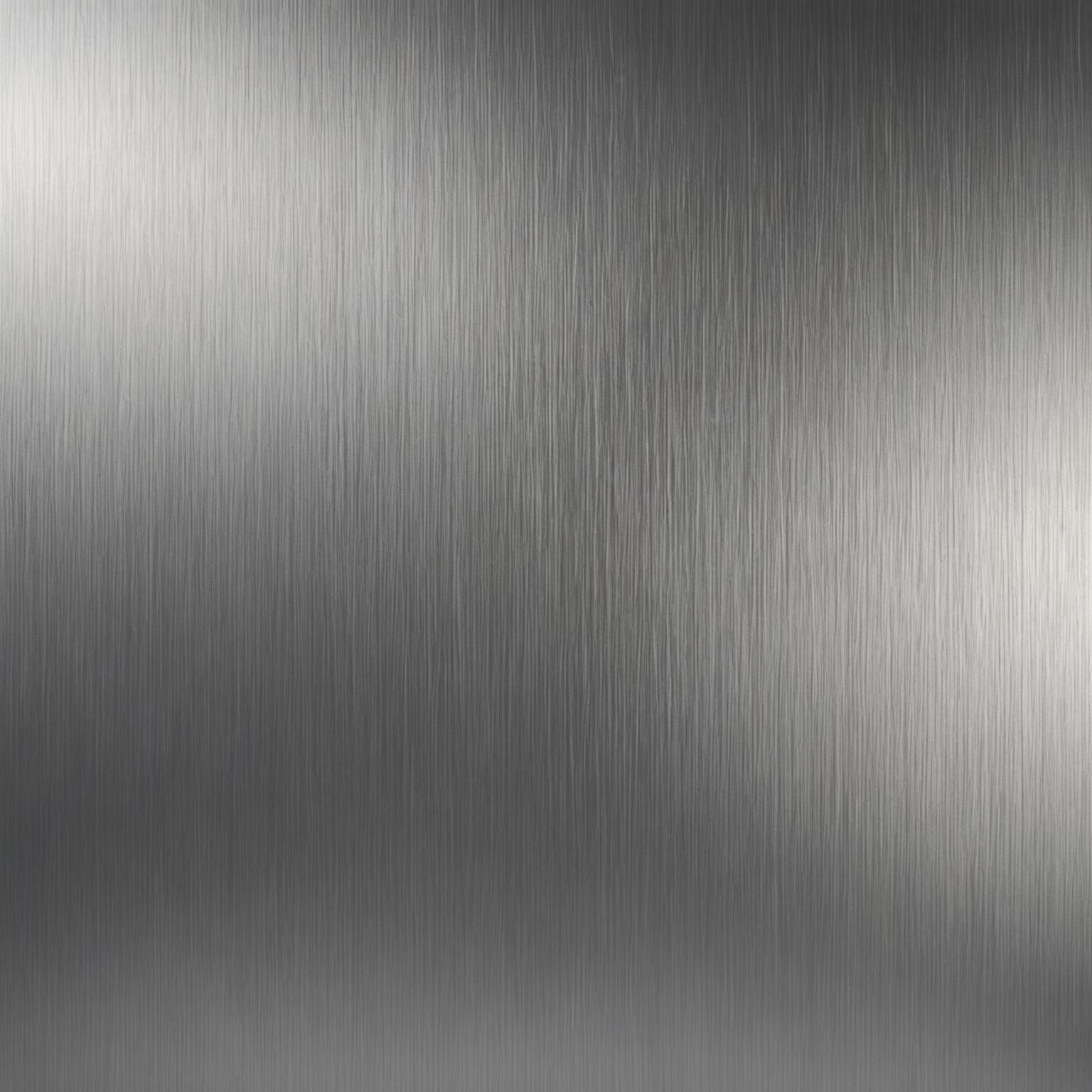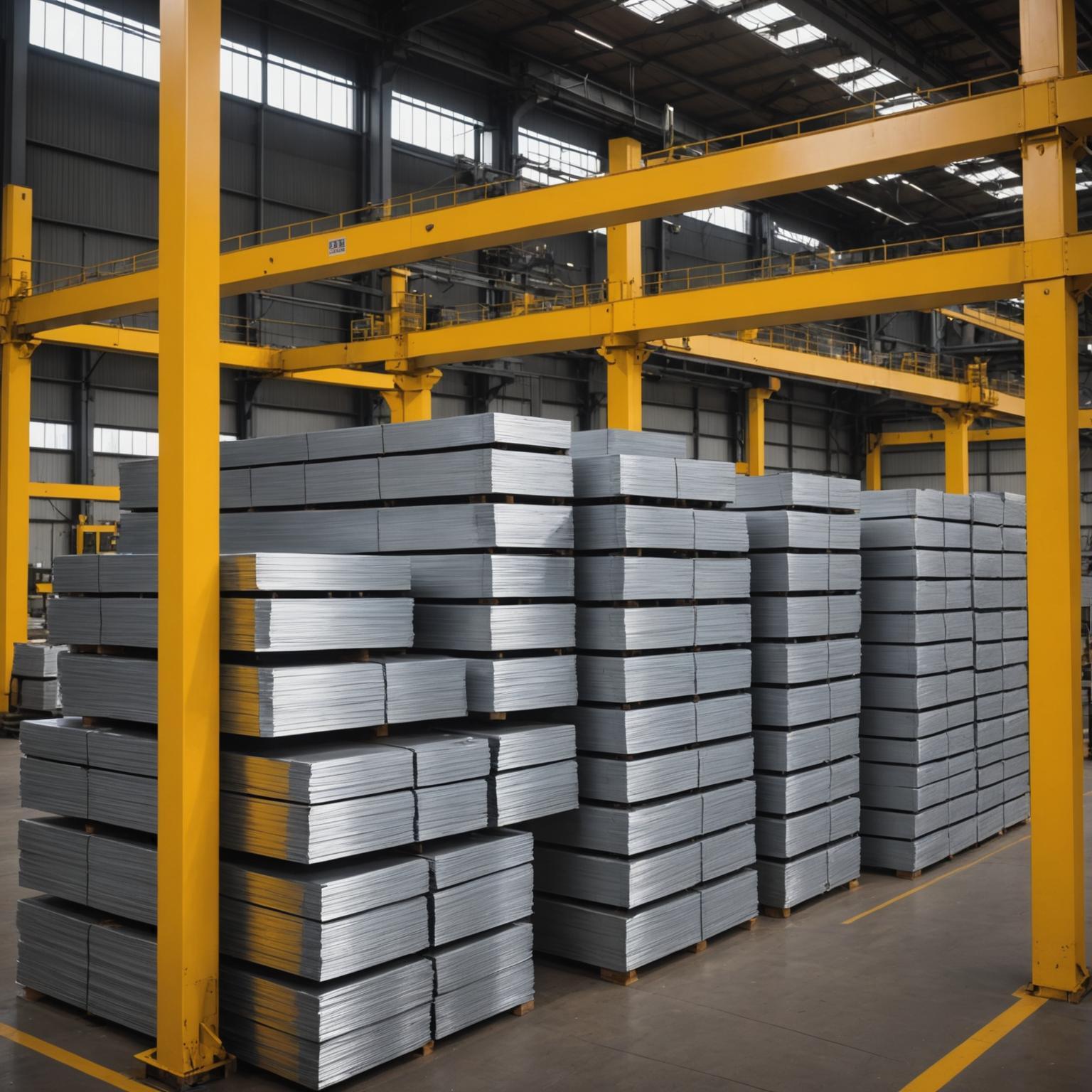Stainless steel tubes are celebrated for their remarkable blend of strength, durability, and aesthetic appeal. Their gleaming, sleek surfaces are a cornerstone of modern architectural and industrial design, promising unparalleled corrosion resistance and a long-lasting, impeccable finish. To ensure these components maintain their integrity and appearance over time, proper maintenance is key. This guide offers professional advice on stainless steel pipe cleaning methods, helping you protect your investment and keep your pipes looking and performing their best for years to come.
Why Proper Cleaning Matters for Stainless Steel Pipes
Understanding the science behind stainless steel is the first step to appreciating the need for regular cleaning. Stainless steel's famous resistance to rust and corrosion comes from a thin, invisible, and self-healing passive layer of chromium oxide on its surface. When this layer is intact, it protects the steel underneath from environmental factors. However, contaminants like dirt, grease, salt, and even iron particles from other sources can compromise this protective layer. If left unattended, these deposits can trap moisture and chemicals, preventing the passive layer from reforming and potentially leading to localized corrosion or staining. Regular cleaning removes these harmful contaminants, preserves the passive layer, and ensures the material’s structural integrity and flawless appearance are not compromised. It’s a simple preventative measure that guarantees the longevity promised by high-grade stainless steel.
Essential Tools and Cleaners for Stainless Steel
Before you begin cleaning, gathering the correct supplies is crucial. Using the wrong tools or chemicals can do more harm than good, causing scratches or chemical damage that dulls the finish. For effective and safe cleaning, you will need soft materials like microfiber cloths, non-abrasive sponges, and a bucket of warm water. A simple solution of mild dish soap or a pH-neutral detergent is perfect for routine cleaning. For more targeted issues, having a spray bottle, baking soda, and a specialized stainless steel cleaner on hand can be beneficial. It is critically important to avoid certain items. Never use steel wool, abrasive scouring pads, or steel brushes, as they will scratch the surface and can embed iron particles that will cause rust. Furthermore, steer clear of harsh chemicals, especially those containing chlorides, such as bleach or muriatic acid. These aggressive chemicals will attack the chromium oxide layer, leading to pitting and permanent damage.
A Step-by-Step Guide to Routine Cleaning
For general maintenance and light soiling, a simple, consistent cleaning routine is all you need. Following these steps will effectively remove most common dirt and smudges without damaging the pipe’s surface. First, perform an initial wipe-down with a dry microfiber cloth to remove any loose dust and debris. Next, prepare your cleaning solution by mixing a small amount of mild soap with warm water. Dampen a soft cloth or sponge in the soapy water and gently wipe the stainless steel surface. It is always best to wipe in the direction of the metal's grain or polish lines. This technique helps to avoid creating micro-scratches and works with the texture of the finish, not against it. After washing, rinse the surface thoroughly with clean, warm water. This step is vital, as any leftover soap residue can leave streaks or spots. Finally, dry the pipe completely with a clean, dry microfiber cloth. Drying prevents water spots from forming and restores the steel's natural, brilliant shine.
Advanced Techniques for Stubborn Stains
Occasionally, you will encounter more stubborn issues that require specific attention. This is where more targeted advice on stainless steel pipe cleaning methods comes into play. For oily fingerprints and smudges, a gentle glass cleaner (ensure it is ammonia-free) or a dedicated stainless steel spray cleaner can work wonders. Simply spray onto a cloth and wipe the area clean. For tougher, caked-on grime or light grease, a paste made from baking soda and water is an excellent, mildly abrasive solution. Apply the paste, let it sit for a few minutes, and then gently scrub with a soft, damp cloth in the direction of the grain before rinsing and drying. If you notice rust spots, it's usually due to contamination from external carbon steel particles. To address this, you can use a solution containing oxalic acid, following the product's safety instructions carefully, or use a specialized rust remover formulated for stainless steel. Always remember to rinse the area completely after using any targeted treatment to neutralize the cleaner.
Maintaining the Shine: Polishing and Protection
After cleaning, you may want to apply a polish to enhance the shine and add a layer of protection. Many commercial stainless steel polishes are available that not only restore a brilliant luster but also leave behind a thin, protective film that resists fingerprints and smudges. When applying a polish, use a small amount on a clean, dry cloth and, once again, wipe in the direction of the grain for a uniform finish. As an alternative, a very light application of mineral oil can achieve a similar effect, creating a beautiful sheen and a barrier against moisture and marks. This final step is not always necessary after every cleaning, but it is an excellent way to restore a factory-new appearance to your stainless steel pipes, especially in high-visibility areas. This kind of professional advice helps in extending the pristine look of the material. By following these comprehensive on stainless steel pipe cleaning methods, you ensure your tubes remain not just functional, but also a testament to elegance and durability.








